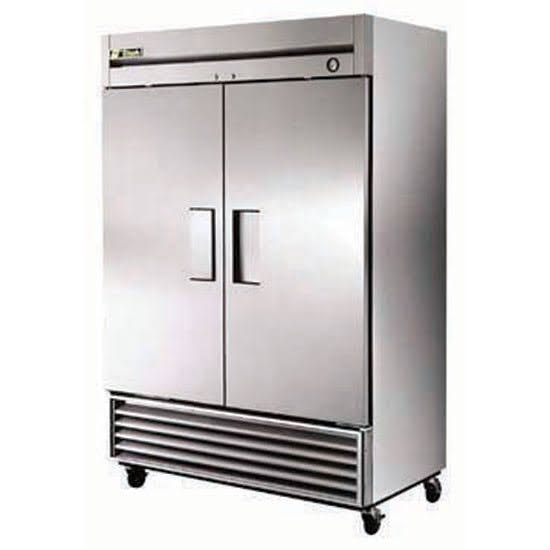Air Conditioning, Heating, Refrigeration Repair and Installation
Old Home, New System? FAQs About Adding Central AC
Can you install a new air conditioning system in your older home? Your home is perhaps decades or even a century old—and it doesn't have central AC. Before you swelter through another summer, take a look at what you need to know about central cooling systems, older homes, and your options.
Why Doesn't Your Older Home Have Air Conditioning?
Even though you might take air conditioning for granted, indoor cooling systems were not always part of homes or businesses. While inventors did try to solve heat and humidity problems before the 20th century, mass-manufactured air conditioners were not available until the 1900s.
According to the U.S. Department of Energy, a young engineer named Willis Carrier created the first modern electric cooling device in 1902. But it wasn't until 1904, during the St. Louis World's Fair, that the U.S. saw the first demonstration of interior cooling control.
By the 1920s, electric air conditioning systems had made their way into a few public buildings such as the Metropolitan Theater in Los Angeles. Over the next few decades, manufacturers created systems that were small enough for home use.
The U.S. Department of Energy notes that almost 100 million homes in America currently have AC systems. But the technology did not become affordable enough for homeowners to install until the late 1960s. This means if your home was built earlier than the 60s, it probably didn't have a central cooling system.
Homes built in the 1960s or shortly after won't always have central AC. Central cooling systems require ducts and vents to force the cold air through. If your older home has a boiler and radiator heating, it won't have the ducts necessary for an air conditioning system to work.
Can an Older Home Have Central Air Conditioning?
Yes. Even though your older home doesn't have the necessary air ducts, vents, central unit, or compressor, you can add these HVAC components. While adding a new system to an older home is more complex than simply replacing a failing or aging air conditioner, it is a service that a professional HVAC contractor can tackle.
A new installation in an old home is never a DIY job that a homeowner should try on their own. This type of installation will require extensive knowledge of cooling and ventilation practices and more. Your older home may need electrical upgrades to handle the added power of a central AC system. The contractor may also need to break through walls or the ceiling to install air ducts and vents.
Will You Need a New Heating System Too?
The answer to this question depends on the current condition of the heating system and your home's needs. If your older home has a boiler and radiators, you do not need to switch to a forced air heating system just to install central AC. While the contractor will install air ducts, they do not need to connect this HVAC component to the heater.
You can have separate AC and heating systems, depending on your home. If your home's heater is old or inefficient, or you aren't happy with the type of heating method, you can talk to the contractor about making a change when they install the cooling system.
Which Central AC Is Right for Your Older Home?
An HVAC professional can review the options and help you to choose a system that meets your home's cooling needs and your budget. Don't assume that the biggest system available will cool your home faster than smaller air conditioners.
A system that is too large for your home may cycle on and off constantly and cost you too much in excessive energy bills or could cause poor indoor air quality. A system that is smaller than necessary won't keep your home cool or remove the right amount of moisture from the air. The HVAC contractor can calculate the AC size that best fits your home.
Are you ready to upgrade the HVAC system in your home and add central air? Contact Buckeye Refrigeration for more information.
Browse Our Website
Contact Information
Dayton: 937-293-2800
Huber Heights: 937-236-1255
Miamisburg: 937-438-4684
Franklin: 937-748-8112
Business Hours
- Mon - Fri
- -
- Sat - Sun
- -


